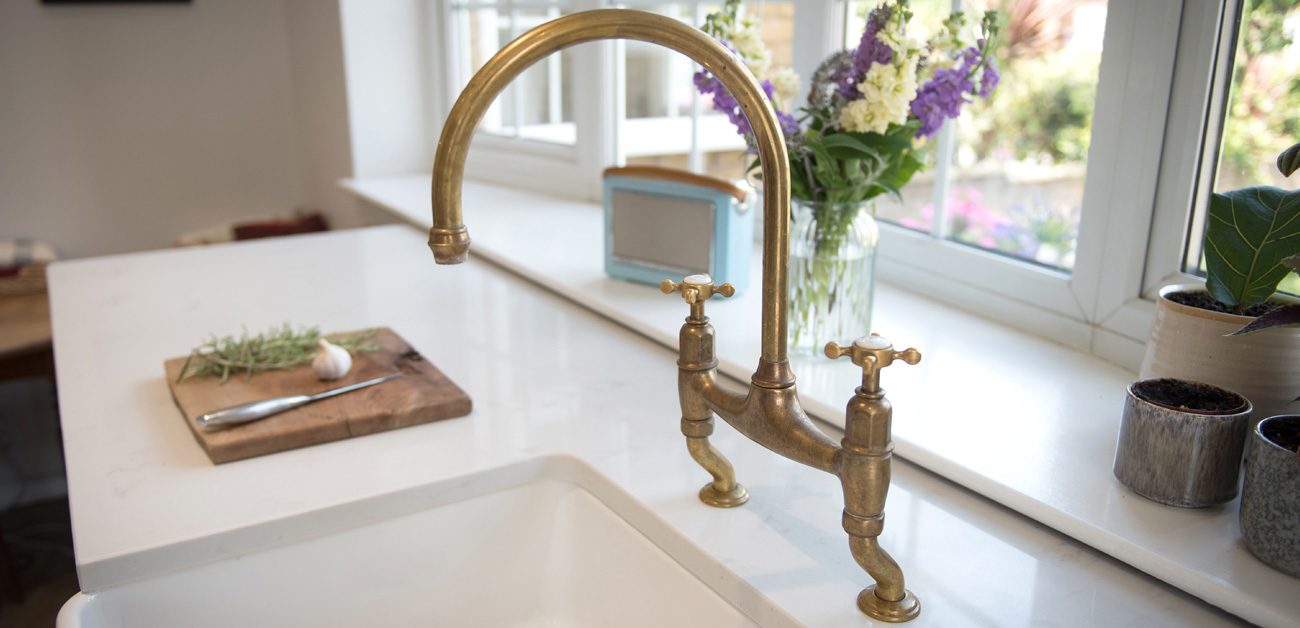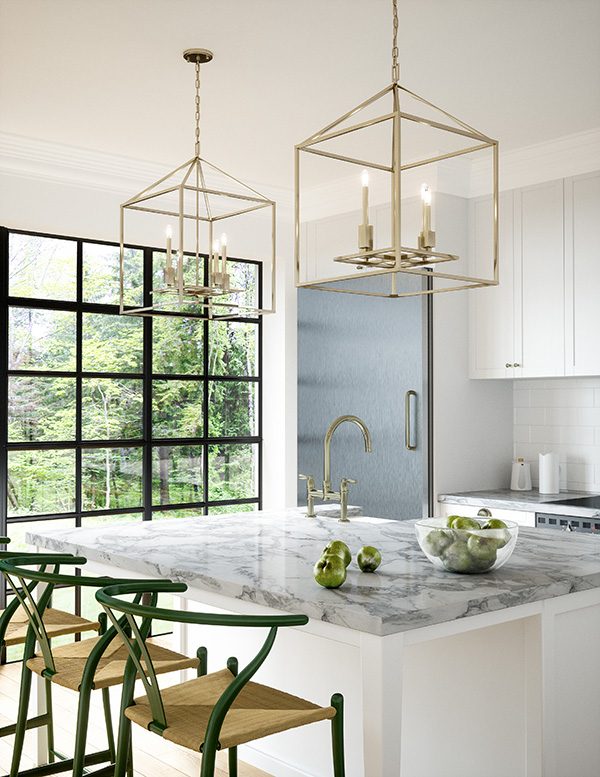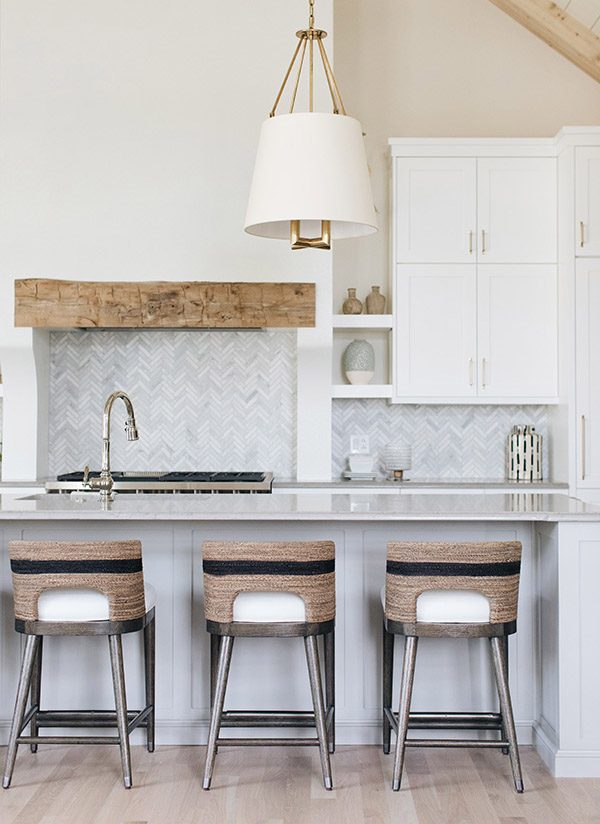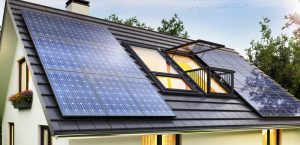
© John Keeble – GettyImages
For years brass has been on the sidelines, but it’s making a comeback. Here are ways homeowners can incorporate the finish to add glamour and help homes stand out.

© Van Inwegen Digital Arts
After years of chrome, stainless steel, and nickel being the shining stars of interior metals, brass is back and starting to steal the show.
As with many home furnishings trends, the comeback was inspired by what’s occurring in fashion. In this case, gold and rose gold watches became influencers a few years ago, says Chicago designer Tom Segal of Kaufman Segal Design, who thinks that home furnishings styles tend to be cyclical. Now he’s adding small brass details to rooms in the same way a gold watch might peek out of a shirt cuff.
Using brass now is an easy, affordable way for homeowners to customize and stay on trend. “Many people want a warmer look, which is also visible in fabrics as warmer colors return,” Segal says.
Erin Imhof, showroom supervisor at Ferguson Bath, Kitchen & Lighting Gallery in Lansdale, Pa., has noted an increase in brass finishes. She attributes it to how they complement a wide range of colors and other finishes. “Many of today’s top color trends for kitchens and bathrooms, including all-white, blue, and black, pair beautifully with brass fixtures,” she says.

© Capital Lighting Fixture Company
Others concur that brass is a universal mixer. “Our designers like to integrate brass into their designs, whether it’s an accent like a decorative bowl, object of art, light fixture, or metal base on an end table,” says Julie Sprouse, design sales manager at Ethan Allen, the home furnishings chain based in Danbury, Conn.
Caitie Smithe, a design coordinator and stylist at the Walter E. Smithe Furniture + Design retailer based in Itasca, Ill., also considers brass a material that can be used throughout a home, including light fixtures, hardware, and even light switches and vent controls. Other good places to use brass include bathroom hardware, plumbing fixtures such as sinks, and accessory details like candleholders or picture frames.
Here are five tips for using brass that you can pass on to your clients.
1. Use sparingly. Brass works best when used in small doses. Too much can create a “too matchy-matchy” look, according to Smithe. Overuse can make it start to look cheap, says Segal. “Moderation is key,” he says.

© Ethan Allen
2. Mix finishes. Brass appears more timeless rather than trendy when it’s matte, brushed, or aged, which helps soften its sheen, Segal says. But be careful, Smithe says, when mixing brasses in a single space from different manufacturers. “There is a huge range in color and brightness. Some take on a bright yellow color while others can be more of an aged gold,” she says.
3. Combine warm metal colors. Brass, gold, and bronze can work well together since they share similar warm values versus shiny nickel, which leans toward the colder side, says Sprouse.

© Walter E.Smithe Furniture + Design
4. Mix metals. Some designers also think brass, satin, brushed nickel, stainless steel, and oil-rubbed bronze can be used together. But Imhoff still offers some caution. “Go with similar warm, muted undertones for some consistency,” she says. Chicago designer Summer Thornton likes mixing metals, particularly in kitchens and bathrooms where she might use brass, nickel, and steel combinations.
5. Consider longevity. How long brass will stay fashionable is unknown. When it becomes too ubiquitous in retail stores, shelter magazines, and on design websites, it may be time to move on. The good news is that brass touches are easy to add in and switch out.








